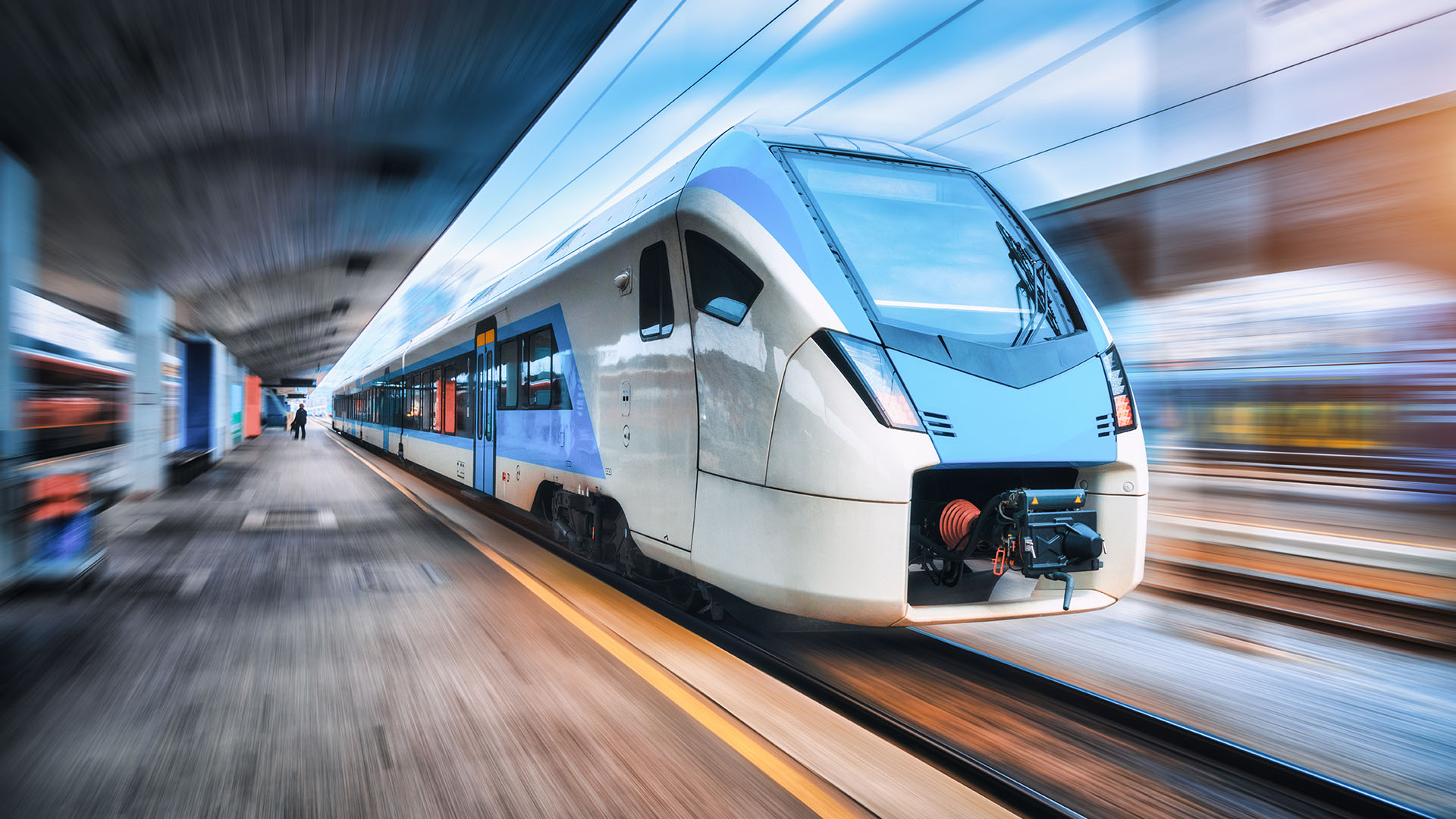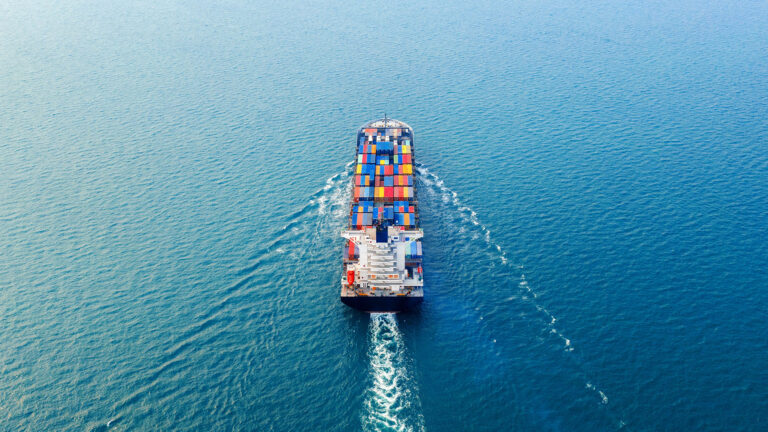Transportation is an essential part of our daily lives, connecting people, goods, and ideas across the globe. While we often take planes, trains, and automobiles for granted, the world of transport is full of fascinating facts that might just surprise you.
From historical milestones to quirky innovations, here are 50 fun transport facts you probably didn’t know—each with a little story for context.
Overview of Transportation
Transportation has always been at the heart of human progress, shaping the way people connect, trade, and explore the world. From the earliest days of horse-drawn carts to the sleek electric cars and high-speed trains we see today, the transportation industry has transformed dramatically over the years.
Every new technology has changed the way we ride, making it easier to get across long distances and discover new places. Whether you’re fascinated by the history of cars, curious about how people travel across continents, or just love learning interesting facts, there’s always something new to find out about transportation.
So buckle up and get ready to take a journey through some of the most surprising and fun facts about how we move around the world.
1. The First Underground Railway Opened in 1863

London’s Metropolitan Railway, the first underground system, opened on January 10, 1863, with steam-hauled trains puffing through brick-lined tunnels. The Metropolitan Railway company was responsible for building and operating this pioneering underground system. That short 3.75‑mile line sparked a subway boom today the Tube spans hundreds of miles and moves millions daily.
2. The World’s Longest Traffic Jam Lasted Nearly Two Weeks
In August 2010, congestion on the Beijing–Tibet Expressway stretched for about 60 miles. Drivers advanced at walking speed, bartering food and water with roadside vendors as maintenance works and heavy truck traffic compounded the gridlock.
3. The First Airplane Ticket Cost $5
On January 1, 1914, Tony Jannus piloted the first scheduled airline flight from St. Petersburg to Tampa, Florida. The 23‑minute hop replaced a two‑hour boat ride and proved people would pay for speed and convenience.
4. Bicycles Outnumber Cars Worldwide
There are well over a billion bicycles on Earth—more than any other vehicle type. In the Netherlands, there are more than one bicycle per person, and city planning revolves around safe, fast cycling networks.
5. A Train Once Hit 374 mph (603 km/h)
Japan’s L0 Series maglev reached this record during tests in 2015. Magnetic levitation removes wheel‑rail friction, resulting in less resistance and allowing the train to “float” and slice through the air at incredible speeds.
6. The Longest Nonstop Commercial Flight Tops 18 Hours
Singapore to New York covers roughly 9,500 miles without a stop, depending on routing and winds. Ultra‑long‑haul jets carry fewer seats to make room for fuel and prioritize passenger comfort.
Tickets for these ultra-long-haul flights are often more expensive due to the additional fuel required and enhanced comfort features.
7. Elevators Quietly Move Billions—Fast
Industry estimates say elevators are a transport service that quietly moves the equivalent of the world’s population every few days. It’s the most-used “public transit” many of us never think about.
8. America’s First Car Crash Was in 1891
John William Lambert’s recently invented single‑cylinder car struck a tree root in Ohio City and hit a hitching post. No one was badly hurt, but the incident foreshadowed the safety lessons to come.
9. Containers Rewired Global Trade
Before the 1950s, cargo was loaded piece by piece. Standardized containers slashed port times and costs, enabling today’s just‑in‑time supply chains and mega‑ports.
Containerization also had a huge economic impact by making global trade faster and cheaper.
10. Humans’ Fastest Ride Was on a Spacecraft
During Apollo 10’s 1969 re‑entry, the capsule hit about 24,791 mph (39,897 km/h). At that speed, you could reach the moon in just a few hours. Space travel remains the only way people have exceeded hypersonic speeds.
11. Overland Bus Epics Have Linked Continents
Adventure services have run marathon routes—such as London to Kolkata—crossing multiple borders and climates. These aren’t daily commuter buses, but they show just how far a coach can go. These marathon bus services have been successful in linking distant cities and providing adventurous travel options.
12. Atlanta Often Tops the Airport Charts
Hartsfield–Jackson Atlanta International regularly handles 100+ million passengers a year. Its role as a mega‑hub keeps it near the top of global rankings.
13. Japan’s Trains Are Punctual to the Second
Railways in Japan are so precise that average delays are often measured in seconds. If a train leaves early by mistake, companies have been known to issue formal apologies.
14. Venice Is a City of Bridges
With roughly 400 footbridges spanning canals, Venice is built for walking and boating. The city’s delivery service uses boats that weave through narrow waterways.
15. The First Electric Tram Debuted in 1881
Werner von Siemens invented and demonstrated the world’s first electric tram in Berlin. It proved electric traction could be clean, efficient, and scalable for cities.
16. The Channel Tunnel Has the Longest Undersea Section
Linking the UK and France, the “Chunnel” includes the world’s longest undersea tunnel section. High‑speed trains and vehicle shuttles whisk passengers under the Channel in around 35 minutes.
High-speed trains traveling through the Channel Tunnel produce significantly fewer emissions compared to flying the same route.
17. Hot Air Balloons Launched Human Flight in 1783
The Montgolfier brothers invented and launched the first hot air balloon over Paris in 1783, carrying a sheep, a duck, and a rooster. Within months, people followed—ushering in the age of aviation.
18. Boston Opened America’s First Subway in 1897
The Tremont Street Subway helped Boston’s streetcars dodge surface traffic. It set a model other U.S. cities would later adopt.
19. The World’s Longest Road Tunnel Is in Norway
The Lærdal Tunnel runs about 24.5 km (15.2 miles) through mountains between Lærdal and Aurland. Color‑lit caverns every few kilometers help combat driver fatigue.
20. Dubai Metro Is Driverless—and Huge
One of the longest fully automated metro systems, Dubai’s network runs trains without onboard drivers. Platform screens and precise automation improve safety and frequency.
21. The First Modern Car Dates to 1885
Karl Benz invented the Patent‑Motorwagen by marrying a gasoline engine to a lightweight frame. Bertha Benz famously proved its practicality with a pioneering long‑distance drive.
22. Today’s Largest Cruise Ships Host 7,000+ Guests
New mega‑liners like Icon of the Seas are floating cities with parks, theaters, and multi‑deck neighborhoods. Ports now design special terminals just to handle them.
23. The Panama Canal Saves Ships Thousands of Miles
By cutting through the Isthmus of Panama, ships avoid the long, storm‑prone trip around Cape Horn. Transit slots are so prized that vessels bid for priority.
The Panama Canal has had a major economic impact by saving ships time and money.
24. Los Angeles Is Synonymous with Car Culture
Greater LA’s vehicle ownership is among the highest in the U.S., and commuting often revolves around freeways. Carpool lanes, light rail, and busways aim to ease congestion.
However, LA’s high vehicle use also contributes to emissions and ongoing air quality challenges.
25. Helicopter Flights Began in the Early 1900s
French inventor Paul Cornu invented and achieved the first brief free helicopter flight in 1907. Practical helicopters arrived decades later, transforming rescue, news, and offshore work.
26. Concorde Crossed the Atlantic in About 3 Hours
The Anglo‑French supersonic jet routinely flew London–New York in around three hours—its record is under 2 hours 53 minutes. Sonic booms confined it mostly to over‑water routes.
Concorde tickets were famously expensive, making the supersonic experience exclusive.
27. The Trans‑Siberian Railway Stretches ~5,772 Miles
The Trans-Siberian Railway is truly one of the world’s most legendary transportation routes, stretching an incredible 5,772 miles from Moscow all the way to Vladivostok. This epic railway crosses eight time zones and takes around a week to travel from end to end, making it one of the longest continuous rail journeys on the planet. Every year, people from around the world hop aboard to experience the ever-changing scenery—from dense forests to sweeping steppes and snow-capped mountains. The Trans-Siberian isn’t just a way to get across Russia; it’s a lifeline for millions, moving people and goods across vast distances and connecting communities that would otherwise be days away by road. For travelers and locals alike, it’s a ride packed with history, adventure, and some of the most breathtaking views you’ll ever see.
27. The Trans‑Siberian Railway Stretches ~5,772 Miles
Connecting Moscow to Vladivostok, it’s the ultimate rail odyssey across forests, steppe, and taiga. The trip takes about a week end‑to‑end.
The Trans-Siberian Railway also supports thousands of jobs in Russia, providing employment for train crews, station workers, and many others involved in railway operations.
28. Electric Cars Are Older Than You Think
In the late 1800s, electric horseless carriages quietly patrolled city streets. They lost ground to gasoline cars until battery tech and clean‑air goals revived them.
Modern electric cars help reduce emissions compared to traditional gasoline vehicles.
29. London’s Bus Network Is Gigantic
With thousands of buses and routes, London’s red double‑deckers form a massive public transport service, serving as both transport workhorses and global icons. Night buses keep the city moving while the Tube sleeps.
30. Controllers Safely Orchestrate 100,000+ Flights Daily
Air traffic controllers coordinate takeoffs, landings, and routes in constantly changing weather. Sophisticated radar and satellite tools help keep aircraft separated.
For flight updates and information, passengers can contact airlines or air traffic authorities by email.
31. Antarctica Has No Permanent Roads Between Stations
Most travel uses tracked vehicles, skis, or aircraft that land on ice runways. Antarctica has far less transport infrastructure than any other continent. Logistics windows depend on season, temperature, and daylight.
32. The First True Motorway Opened in Italy in 1924
The Autostrada dei Laghi connected Milan with the lakes region and pioneered limited‑access design. The company responsible for building the Autostrada dei Laghi was Società Anonima Autostrade. It inspired modern freeways around the world.
33. Some Metro Escalators Are as Long as Skyscrapers Are Tall
Stations in cities like St. Petersburg use extra‑long escalators—Admiralteyskaya’s stretch is about 137 m (449 ft). Commuters can spend several minutes each day riding these lengthy escalators. Deep stations double as civil‑defense shelters.
34. The U.S. Interstate System Spans ~48,000 Miles
The United States is home to one of the largest and most impressive highway networks in the world: the Interstate System. Spanning about 48,000 miles, this vast system links every major city and countless small towns, making it possible for people and goods to travel efficiently across the country every day. First launched in the 1950s, the Interstate System quickly became the backbone of American transportation, supporting everything from family road trips to billion-dollar business deliveries. On any given day, over 4 billion vehicle-miles are logged on these highways, showing just how essential they are to daily life in the United States. Whether you’re taking a cross-country adventure or just commuting to work, the Interstate System is a true marvel of engineering and a vital part of the American way of life.
34. The U.S. Interstate System Spans ~48,000 Miles
Built largely after the 1950s, it stitched states together for commerce and defense. Numbering tells you direction: odd north–south, even east–west.
Vehicles traveling on the Interstate System consume millions of barrels of oil each year.
35. Not Everyone Drives on the Same Side
About two‑thirds of the world drives on the right; countries like the UK, Japan, Australia, and South Africa keep left. Travelers may be surprised to find themselves driving on the opposite side of the road in some countries. Colonial history explains much of the split.
36. A Bicycle Speed Record Exceeds 183 mph
Paced behind a drag‑reduction vehicle, cyclists have topped 183 mph (296 km/h). These record speeds are almost as fast as some cars on the highway. The record demonstrates how crucial aerodynamics are to speed.
37. Pedestrian Crossings Evolved from Beacons to Signals
Fact: Pedestrian crossings have evolved significantly over the past century. London introduced Belisha beacons in the 1930s—flashing globes marking safe crossing points. These paved the way for today’s “walk/don’t walk” signal systems.
38. World War II Accelerated Aviation Technology
Demand for range, speed, and payload advanced engines, metals, and aerodynamics. Post‑war airliners borrowed that tech to shrink the world.
39. One of the World’s Largest Car Parks Has ~20,000 Spaces
When it comes to parking, few places in the world can compete with the West Edmonton Mall in Canada. This shopping and entertainment giant boasts one of the world’s largest car parks, offering around 20,000 spaces for visitors’ cars. With over 800 stores and services, the mall attracts millions of people every year, and its massive parking facility is key to keeping everything running smoothly. The sheer number of cars that can fit here is staggering—imagine a small city made up entirely of parked vehicles! This enormous car park is a perfect example of how modern transportation and services go hand in hand, making it easier for people to get where they need to go, shop, and enjoy their day. It’s a fun reminder of just how much planning and space is needed to support the world’s busiest destinations.
39. One of the World’s Largest Car Parks Has ~20,000 Spaces
West Edmonton Mall in Canada built a parking complex the size of a small town. Wayfinding systems and shuttles help drivers find their cars again.
40. Venice’s Gondolas Are Traditionally Painted Black
A historic ordinance standardized gondola colors to keep appearances elegant. Boat makers now focus on craftsmanship and trim to stand out.
41. Trains Once Had Dedicated Smoking Cars
For decades, smoking was segregated into specific carriages on many railways. Health rules eventually stubbed out the practice on most networks.
42. The Longest Continuous Flight Without Landing Lasted 64 Days
In 1958–59, two pilots kept a Cessna 172 aloft for over two months over Nevada. They refueled via a hose from a moving truck—landing even once would have ended the record.
43. The Segway Was Hyped as a Car Killer
When launched in 2001, some predicted it would remake cities. It found niches in tourism and security instead, while e‑bikes and scooters boomed later.
44. Hovercraft Glide on a Cushion of Air
Flexible skirts trap high‑pressure air so the craft lifts off the surface. That lets hovercraft cross mudflats, ice, and shallow water—useful for rescue and military roles.
45. Some Countries Power Trains with 100% Renewables
The Netherlands sources traction electricity for its national rail largely from wind power. It’s a milestone for cleaner mass transit.
46. Early Speeding Tickets Date Back to the 1890s
One famous UK case in 1896 fined a driver for traveling around 8 mph in a 2 mph zone. Speed limits and enforcement quickly became part of motoring life.
47. India Has a Floating Post Office
Moored on Srinagar’s Dal Lake, the post office serves residents and tourists by shikara (boat). It even sells special water‑themed stamps.
48. Vietnam Operates Record‑Breaking Cable Cars
The sea‑crossing cable car to Hòn Thơm island near Phú Quốc runs roughly 7.9 km. Cableways open up rugged terrain where roads would be costly or intrusive.
49. Archaeologists Once Moved Treasures by Pack Animal
In remote regions, artifacts—including famous scrolls—have traveled by donkey or camel. Slow, steady transport was sometimes the only option.
50. Reusable Rockets Are Changing Space Travel
Several companies have been successful in landing and reusing rocket boosters, dramatically cutting launch costs. Cheaper access to orbit could make satellite internet and exploration more routine.
Final Thoughts
Transportation has come a long way from horse‑drawn carts to supersonic jets and space travel. fun facts show how ingenuity, necessity, and a dash of daring keep the world moving.
From the earliest inventions that laid the groundwork for modern travel to the cutting-edge technologies pushing the boundaries of speed and sustainability, transportation continues to evolve and shape our daily lives.
Whether it’s the bustling subway systems that connect millions, the intricate logistics networks that keep economies thriving, or the innovative electric and autonomous vehicles promising a greener future, each advancement reflects human creativity and determination.
As we look ahead, the future of transportation holds exciting possibilities that will further transform how we explore, connect, and experience the world around us.


